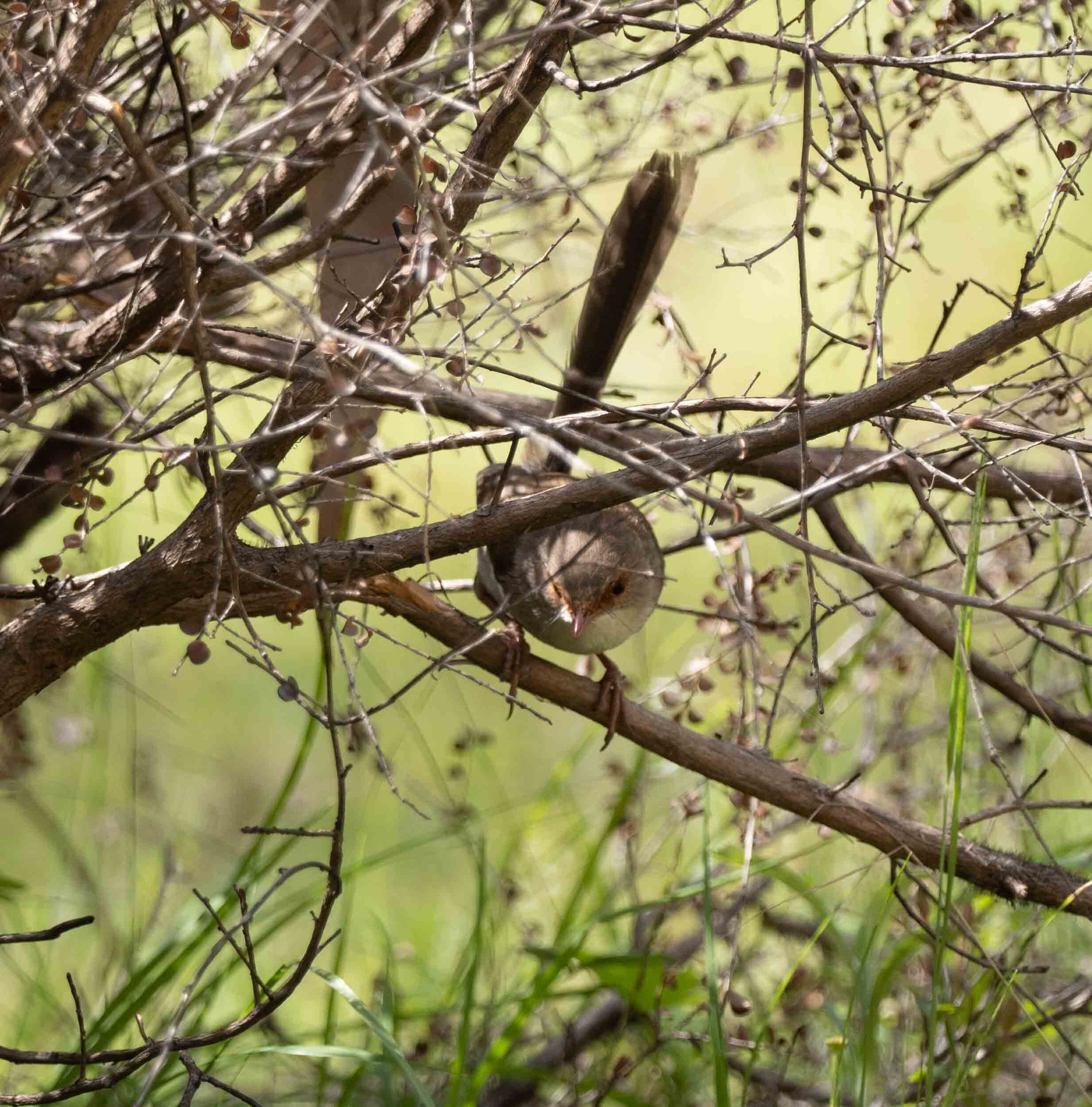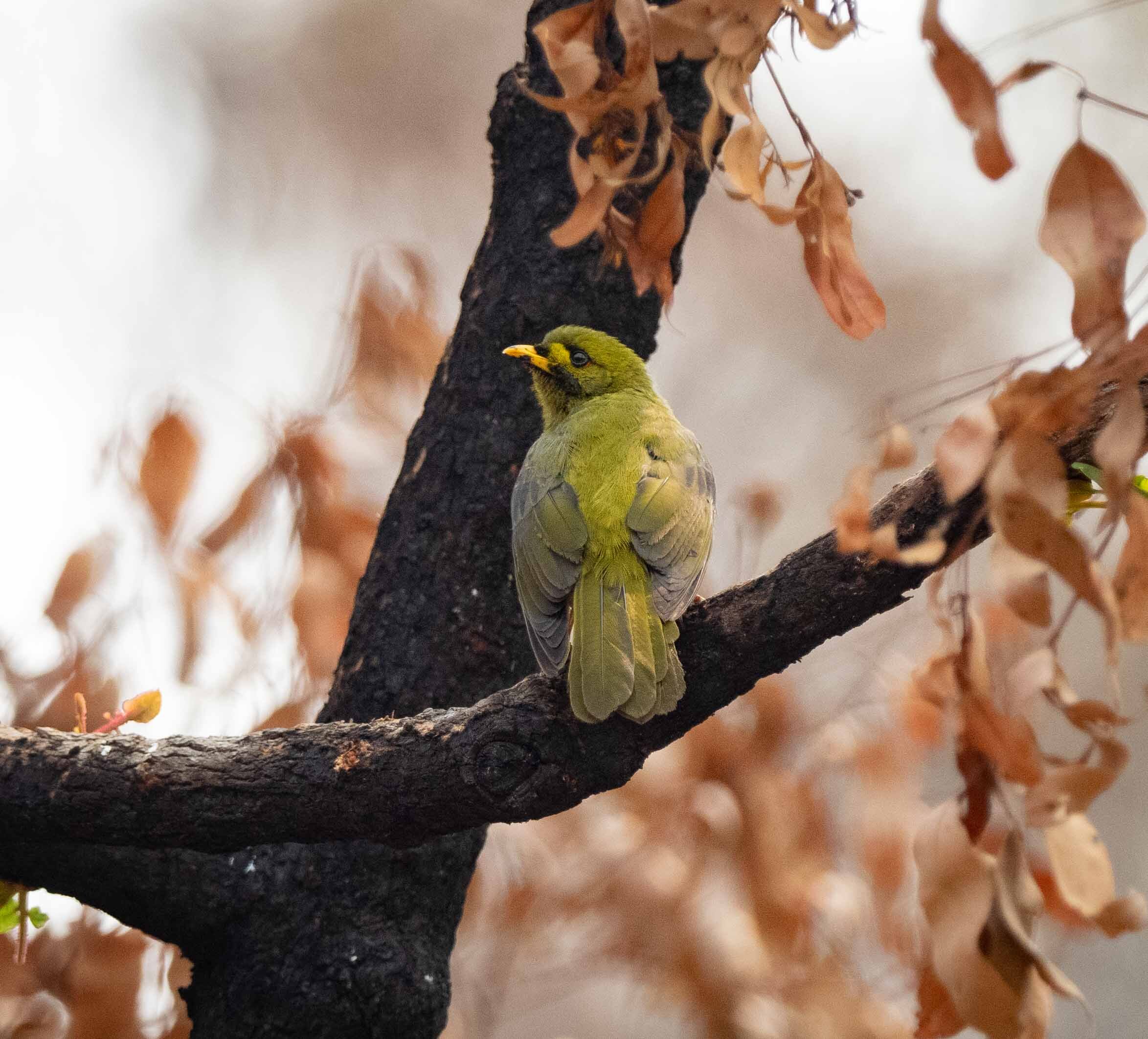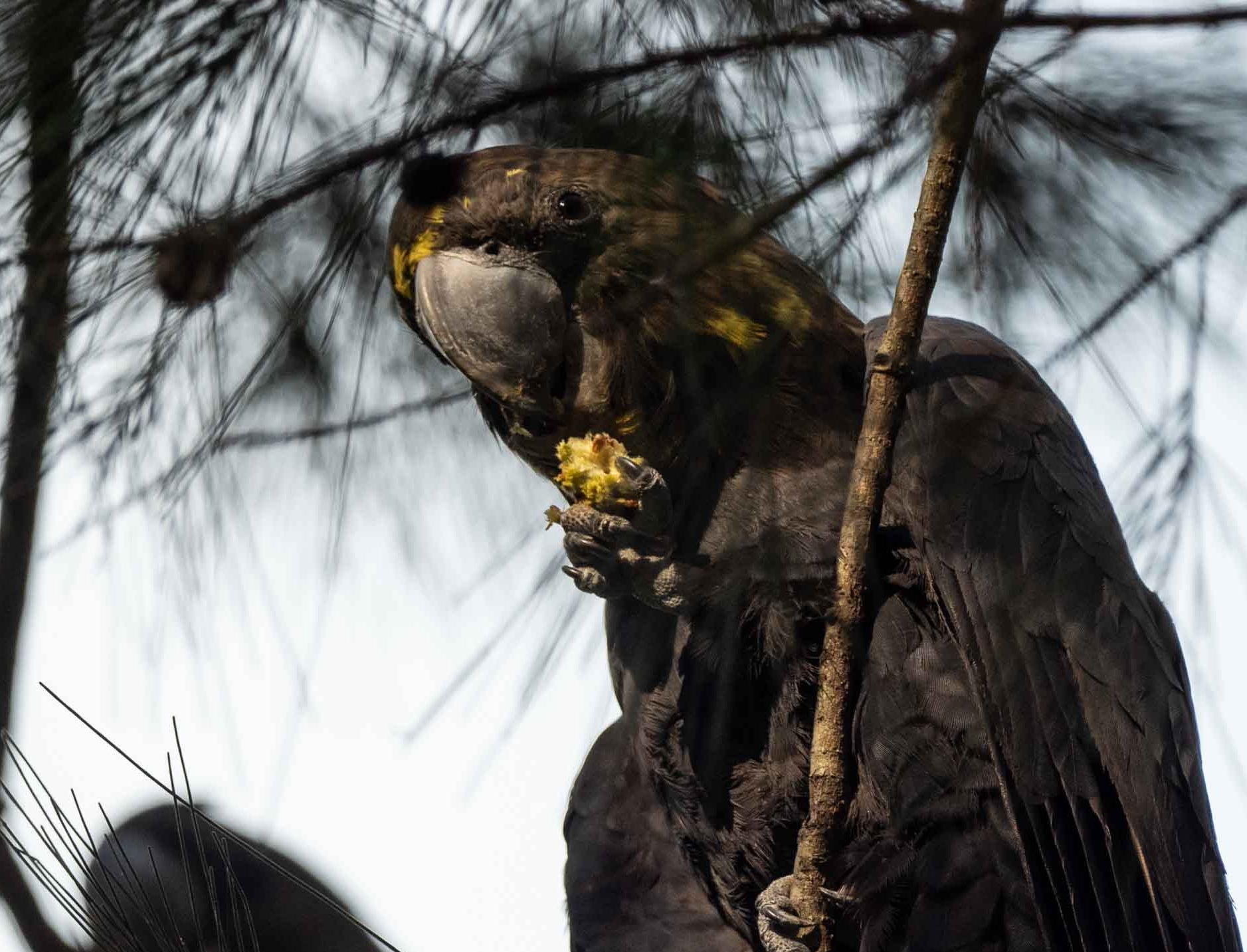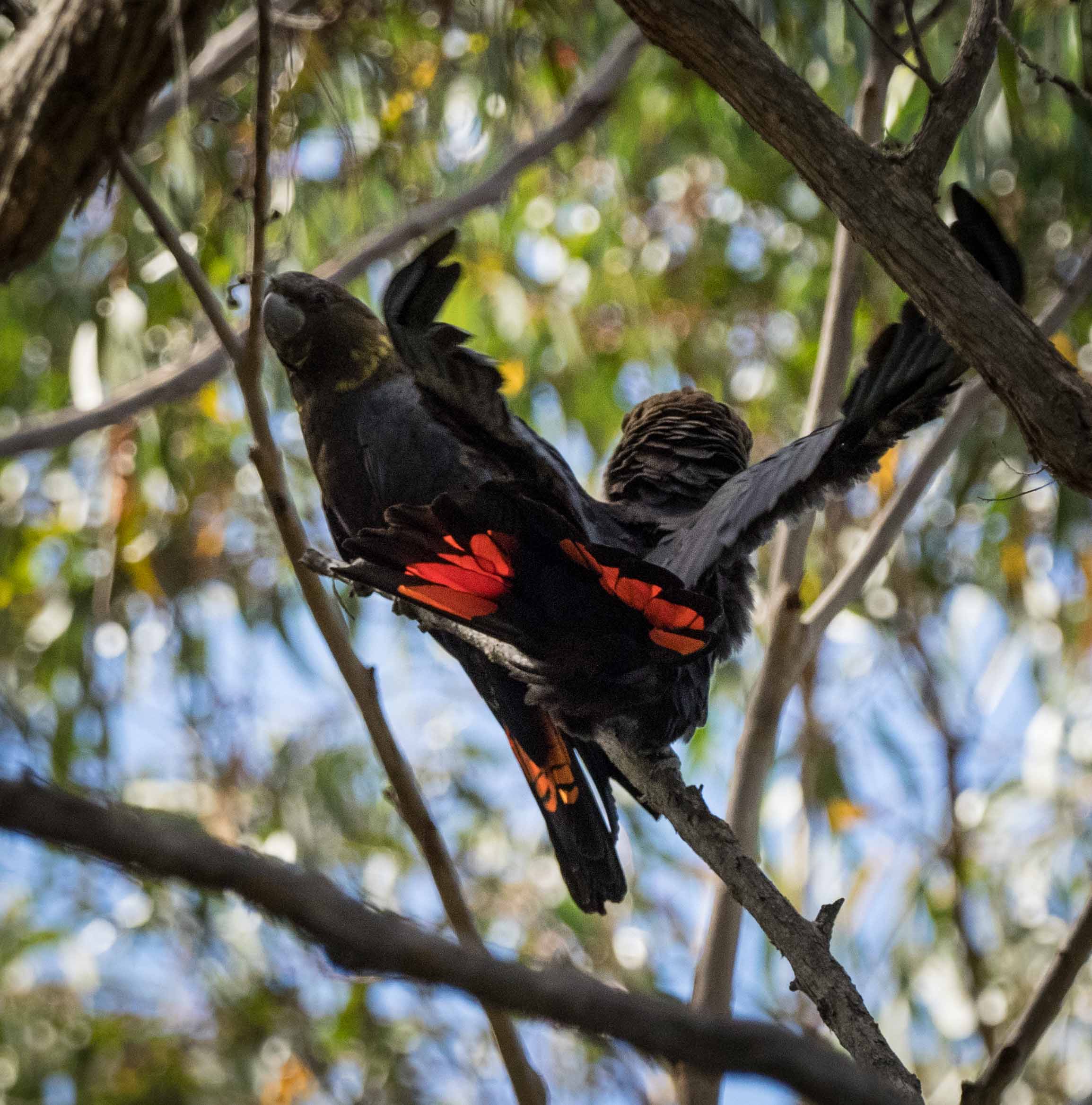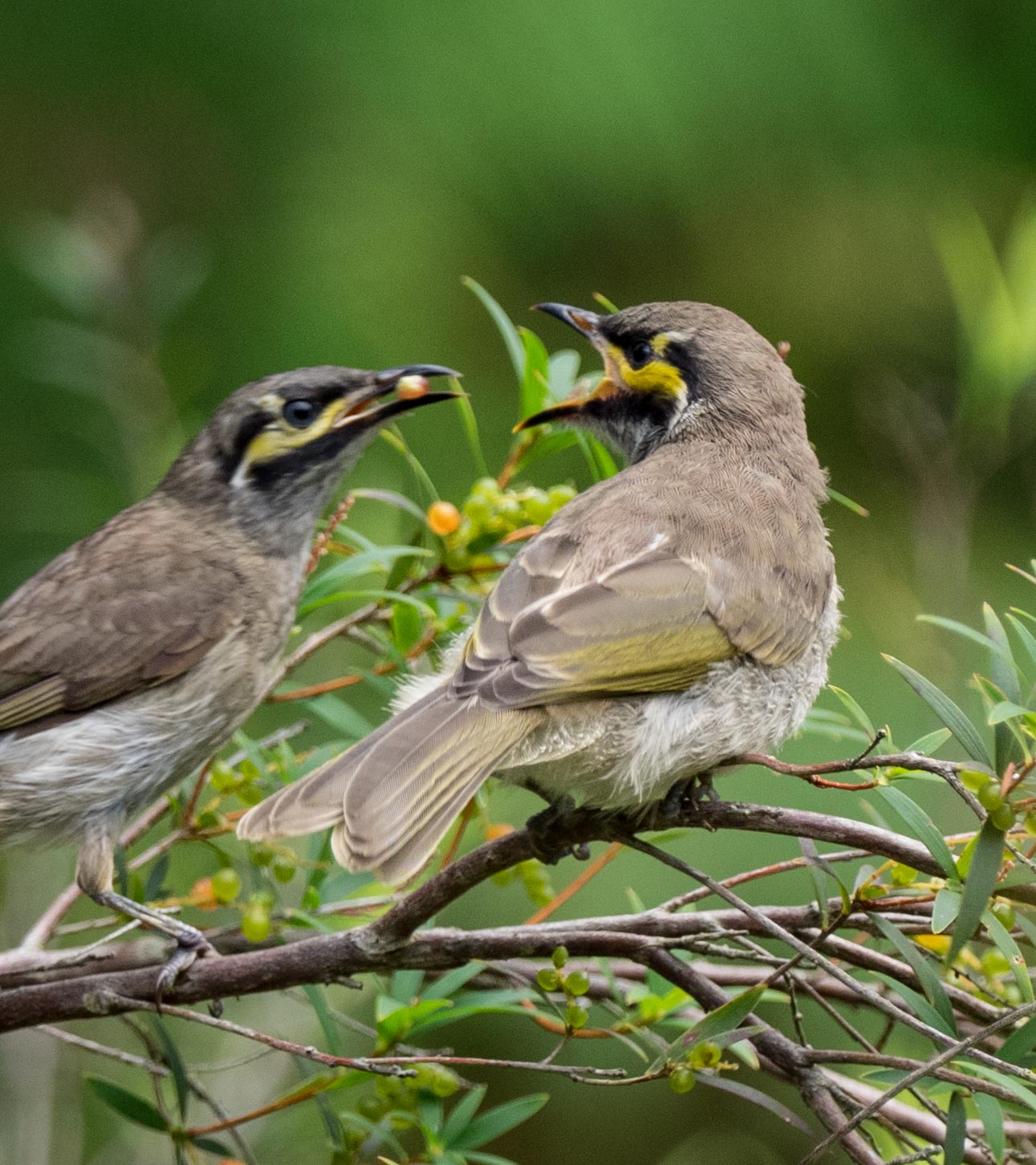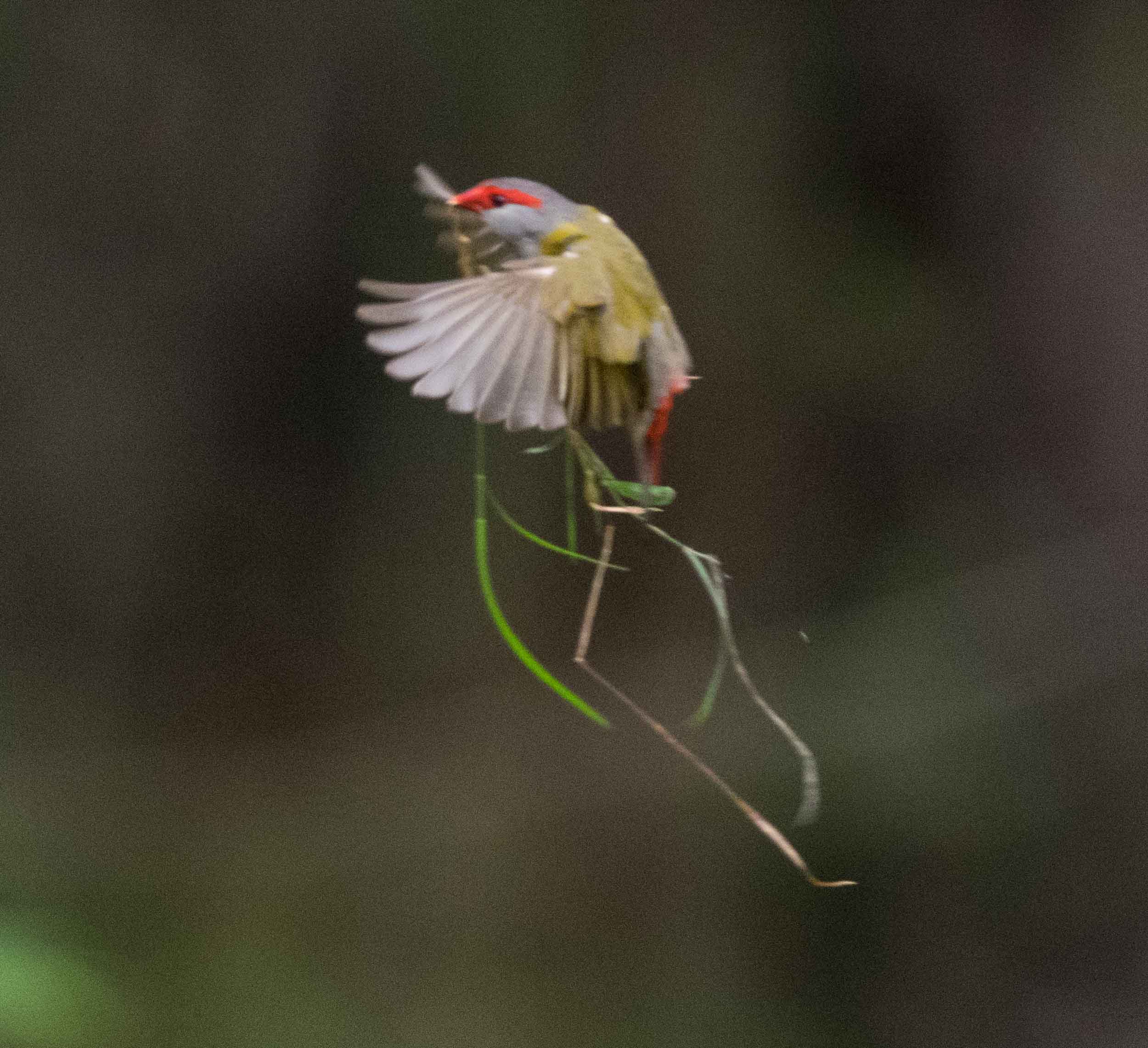Spider specialist
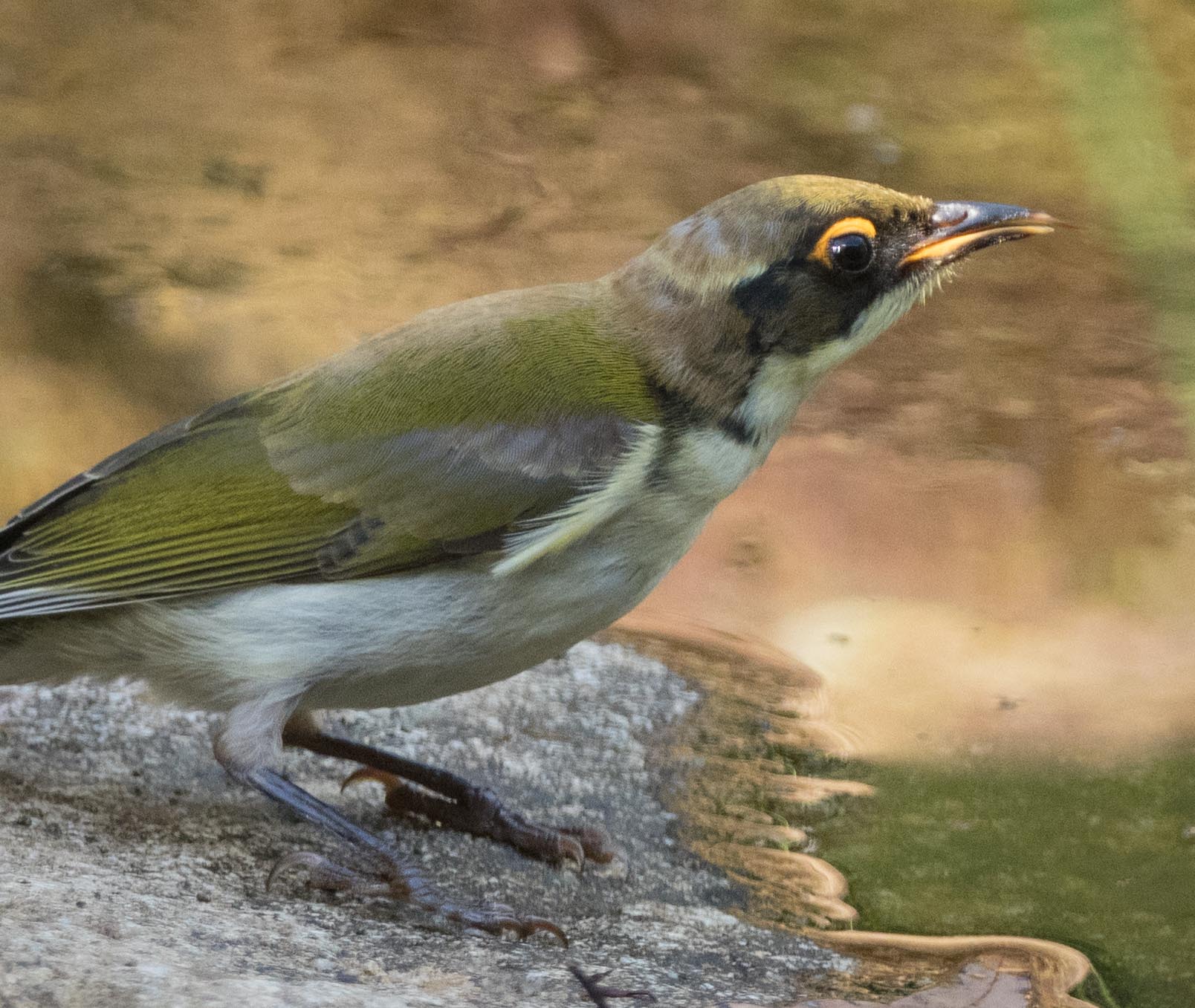
White-naped Honeyeaters, like many 'honeyeaters', eat insects and spiders as well as drinking nectar and honeydew. And it seems our local troop have a particular appetite for leaf-curling spiders.
Many different spider species, across a range of families, use curled leaf retreats. They are among the easiest spiders to find, and they are everywhere during the Summer months.
I tore open this leaf to reveal the fat spider resting inside.
I've often wondered at the strategy of hiding in a curled leaf - particularly when that leaf rests in the middle of a web. It seems like the equivalent of a take-away food sign!
And the birds have no more trouble finding them than we do. We commonly see honeyeaters such as Yellow-faced and White-naped grabbing the leaves and probing inside to extract a snack.
Yesterday I came upon this juvenile White-naped Honeyeater at lunch. And discovered a couple of interesting things:
1: It's not always so simple to grab a leaf that's swinging in a web
2: A silk rope is very strong
1. Note the leaf position
2. The bird hangs onto the leaf as it tries to attack the open end
3. The web tears and the leaf - and bird! - drop
4. Unperturbed, the bird continues its attack
5. Note that the leaf is now suspended by a matted rope of silk ...
6. ... and the silk rope is attached to a twig, which itself is only attached to the original branch by silk
7. The bird eventually flew off, but I can't be sure it managed to get lunch. It is only a juvenile - yet to master this hunting strategy, perhaps.










